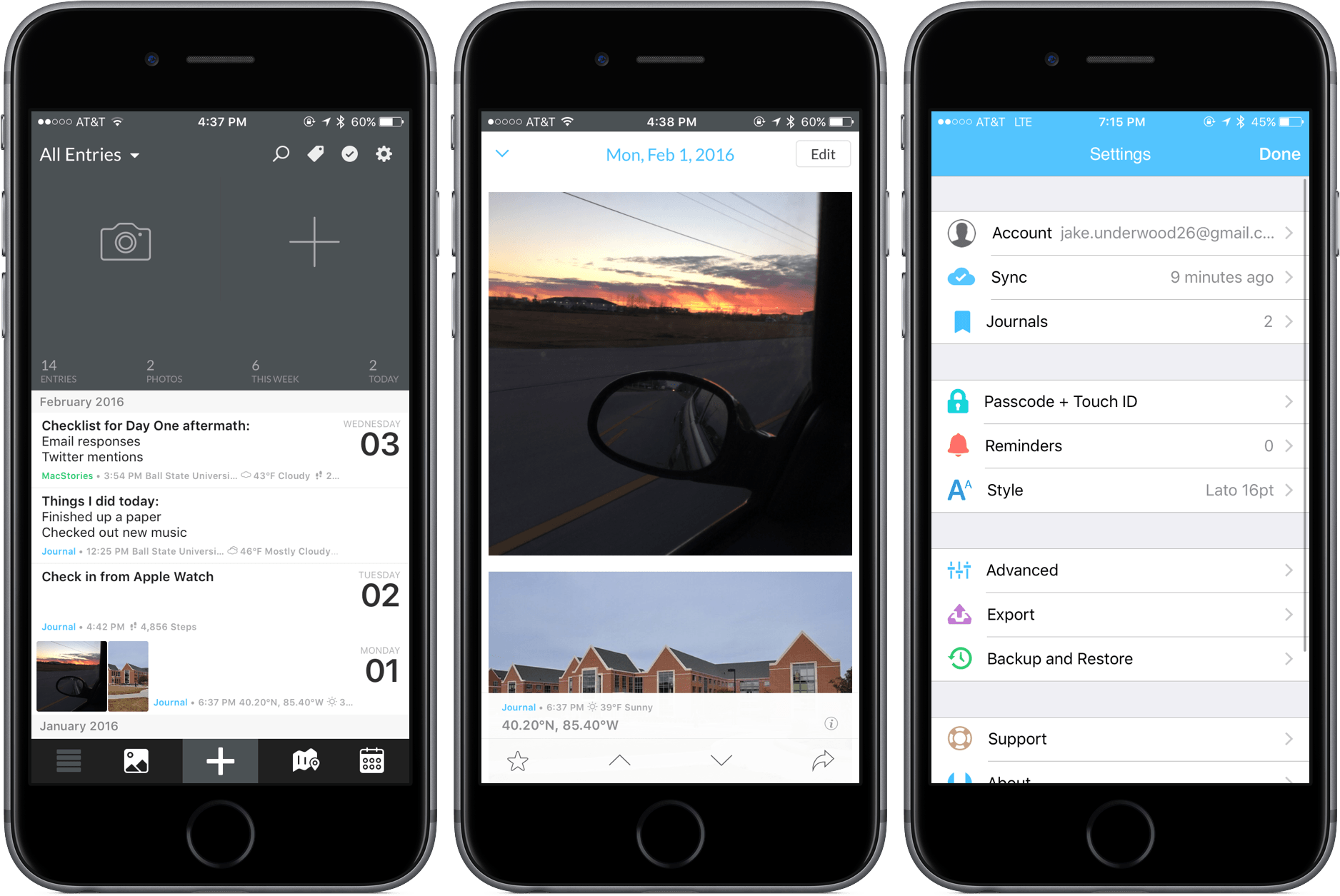Following a first announcement in October last year, Nintendo has revealed its launch plans for their first iOS app, Miitomo:
Starting Feb. 17, people will be able to pre-register for Miitomo by signing up for the new Nintendo Account service using their existing email, social media accounts or current Nintendo Network IDs. People who pre-register will be among the first to be notified about the availability of Miitomo when it launches in March. Nintendo will offer a special Miitomo bonus to anyone who signs up for a Nintendo Account between Feb. 17 and launch.
Previously teased as a communication service inspired by the company’s Mii avatars and 3DS game Tomodachi Life, here’s how the company describes Miitomo today:
Miitomo is a social experience that uses Nintendo’s Mii characters, which first debuted on the Wii console, to engage friends in a lighthearted and welcoming environment.
Miitomo will be available on both the iPhone and iPad, and it’ll be based on the new Nintendo Account service announced last year. Miitomo will first be released in Japan in mid-March and in 15 other countries by the end of March.
In addition, Miitomo users with a Nintendo Account will be able to take advantage of the new My Nintendo service, which promises to be more than the old Club Nintendo rewards program with a deeper integration with “Nintendo products and services”. As detailed in an investor call earlier this week, My Nintendo will enable users to earn platinum points by interacting with Nintendo mobile apps and opening the eShop on a Nintendo console, while gold points will be collected by purchasing downloadable software for 3DS and Wii U. Points can be exchanged for digital content (platinum) or discount codes for eShop titles (gold).
Nintendo has offered further details on how the point system will work in an English version of their investor slides:
In the case of the previous Club Nintendo, we offered points, or “coins,” as a result of our members’ purchasing and registering our products. For My Nintendo, the points are gained by members not only as the result of their digital purchases but also as the result of their activities, such as playing games and apps, and interacting with information from Nintendo.
The company notes that, after opening Nintendo Account registrations last December, they have already started providing Japanese users with access to some My Nintendo services. These include personalized game recommendations, which “are crafted for each of them based on their profile, purchase records and play records”.
Details on Miitomo are still scarce despite today’s announcements – it sounds like users will be able to chat and ask questions, but I’m curious to know if Nintendo is planning to add any gameplay/collectible elements to the app as well. According to Nintendo, more information about Nintendo Account, My Nintendo, and Miitomo will be released “in the coming weeks”.



